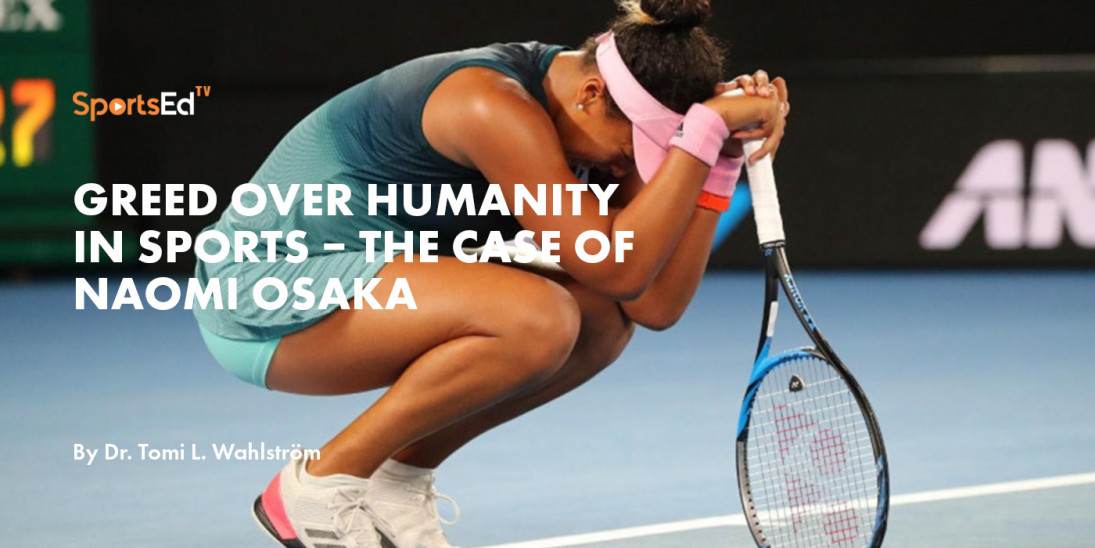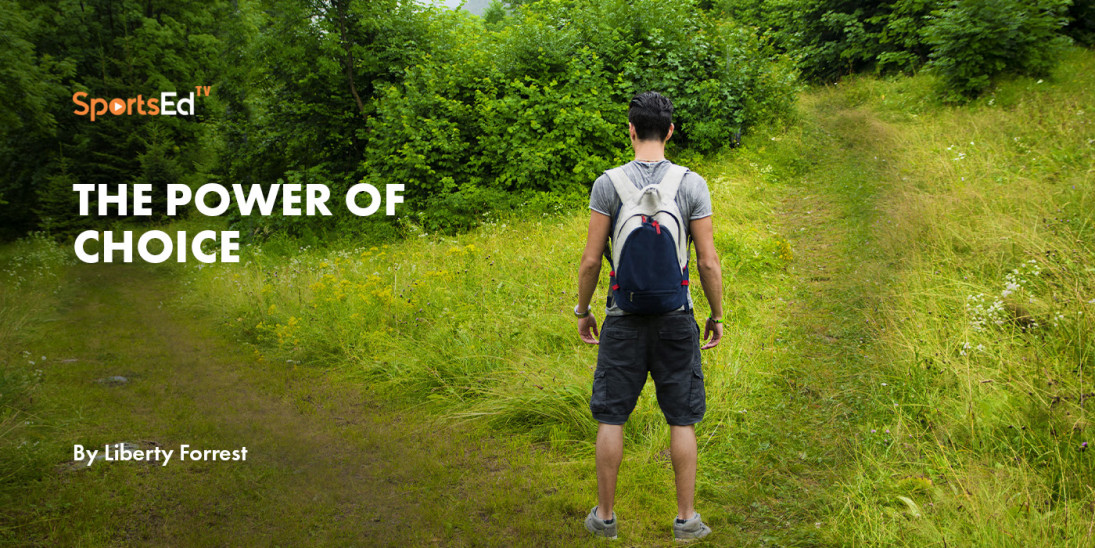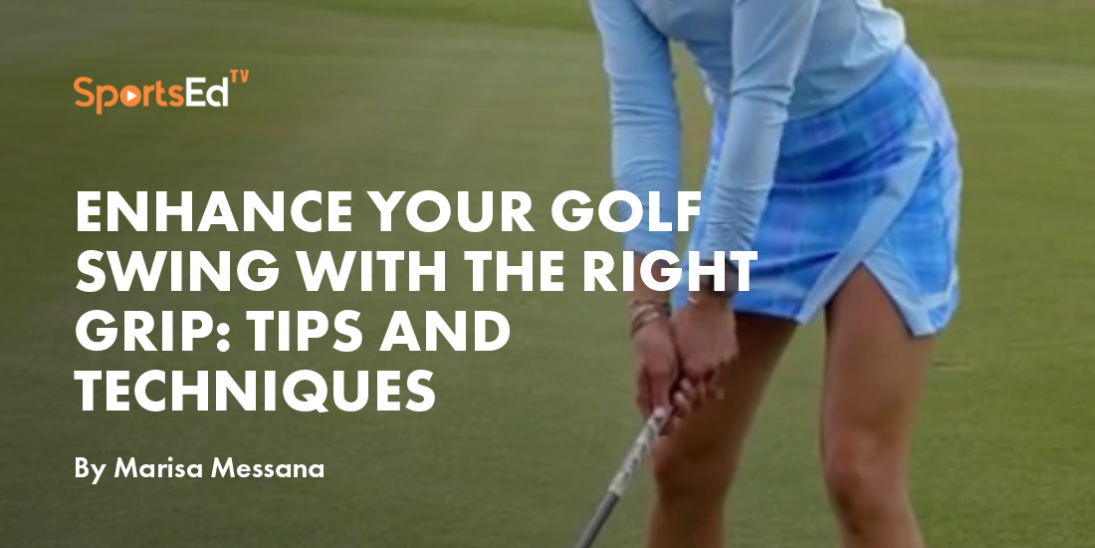Golf, Tennis, Basketball, Volleyball, Soccer, Baseball, Mental Health, Physical Education
Welcome and thanks for visiting...

The Pressures Of Performance & Pee Wee Sports

The Pressures Of Performance & Pee Wee Sports
The 2021 Olympic Games have reminded us of the tremendous pressure athletes face. Pressure to live up to media fueled expectations. Pressure to perform. Pressure to be perfect. Nicknames like GOAT (greatest of all time) and comparisons to legends are delivered in sound bite narratives while arm chair critics are everywhere. The toll this takes on our elite athletes and their ability to perform and excel should come as no surprise.
All too often we associate pressure to perform with only “high performance” sport. While the social media game and stakes in youth sport might not technically be as high, youth sport is fraught with pressure as well. Pressure is in the eye of the beholder and can be influenced by many things. As adults we often forget how the pitch or the court looks through the lens of a child. A crowd of 50 can feel like 50,000. Older siblings create daunting shadows. And having Mom and Dad in the stands can invoke the stress of performing for a top tier scout. Additionally, the age appropriate level of emotional control and coping skills that youth and adolescents have are often not sufficient to manage the pressures of performing as a pee wee.
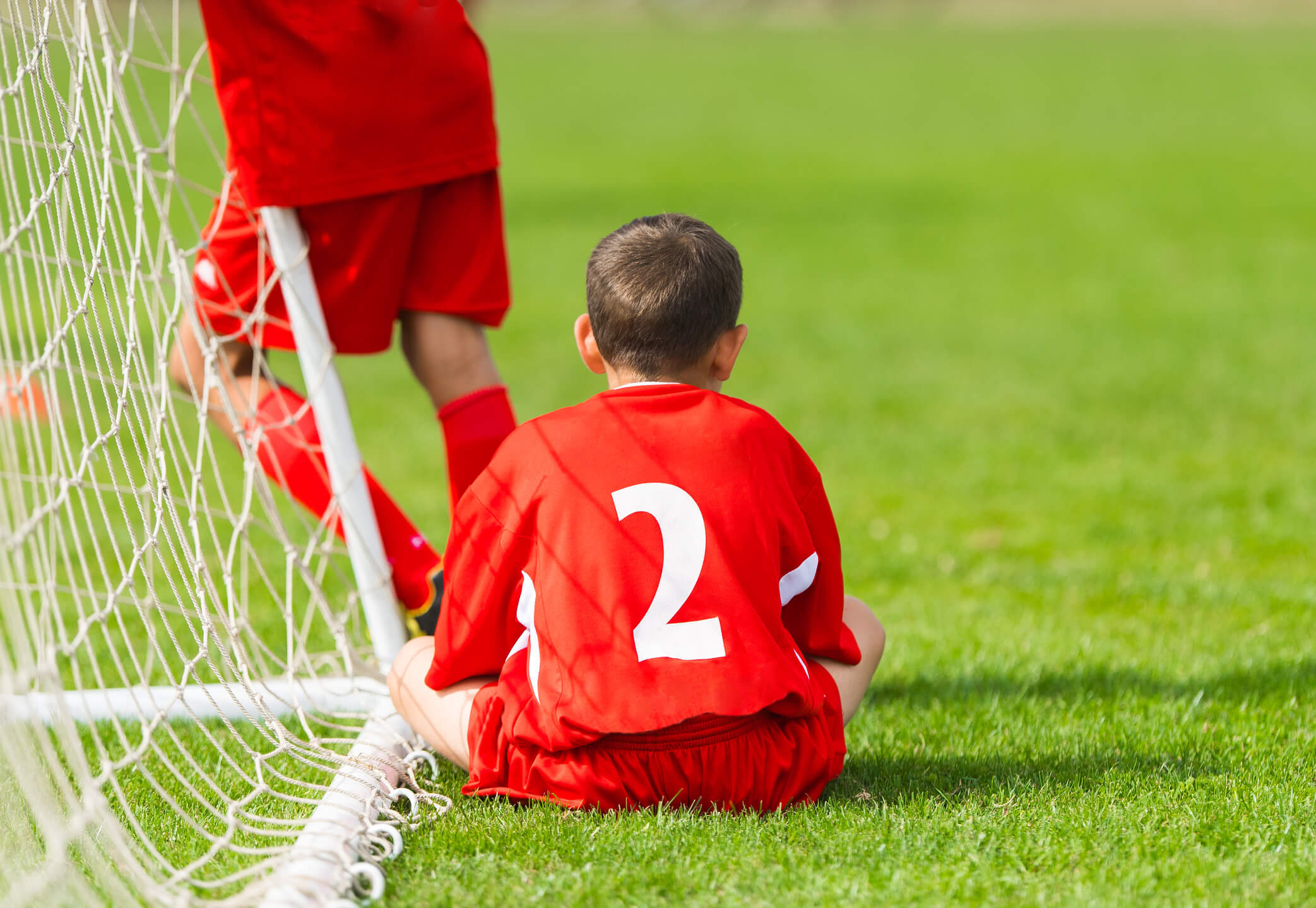 Pressure is felt across all age groups
Pressure is felt across all age groups
Sport is stressful. Competition is intense, making mistakes are part of the game, and evaluation feels constant. You can’t remove these things from the game, and you can’t protect them from everything. So, what’s a coach to do? How do you normalize nervousness and help young athletes build the skills they need to perform? Building the skills needed to manage the stressors in sport takes time, support and reinforcement. Consider the following when coaching your youth team:
A. Set ‘Just Right’ Challenges
Strive to design practices that will build athletes confidence in their skills. Create opportunities for success and choose drills and activities based on where the athletes currently are in their development to help ensure they have an opportunity to grow without being overwhelming.
B. Model Management
How do you talk about pressure? How do you handle pressure? Being a positive role model in youth sport means not only managing your words and your actions but also being transparent about it to your athletes. Sharing “I’m a bit nervous today, I going take a deep breath and shake it off. Can you guys do that with me?” can be a great way normalizing the nerves, support their skill development, and open up a conversation about other ways to handle pressure in the game.
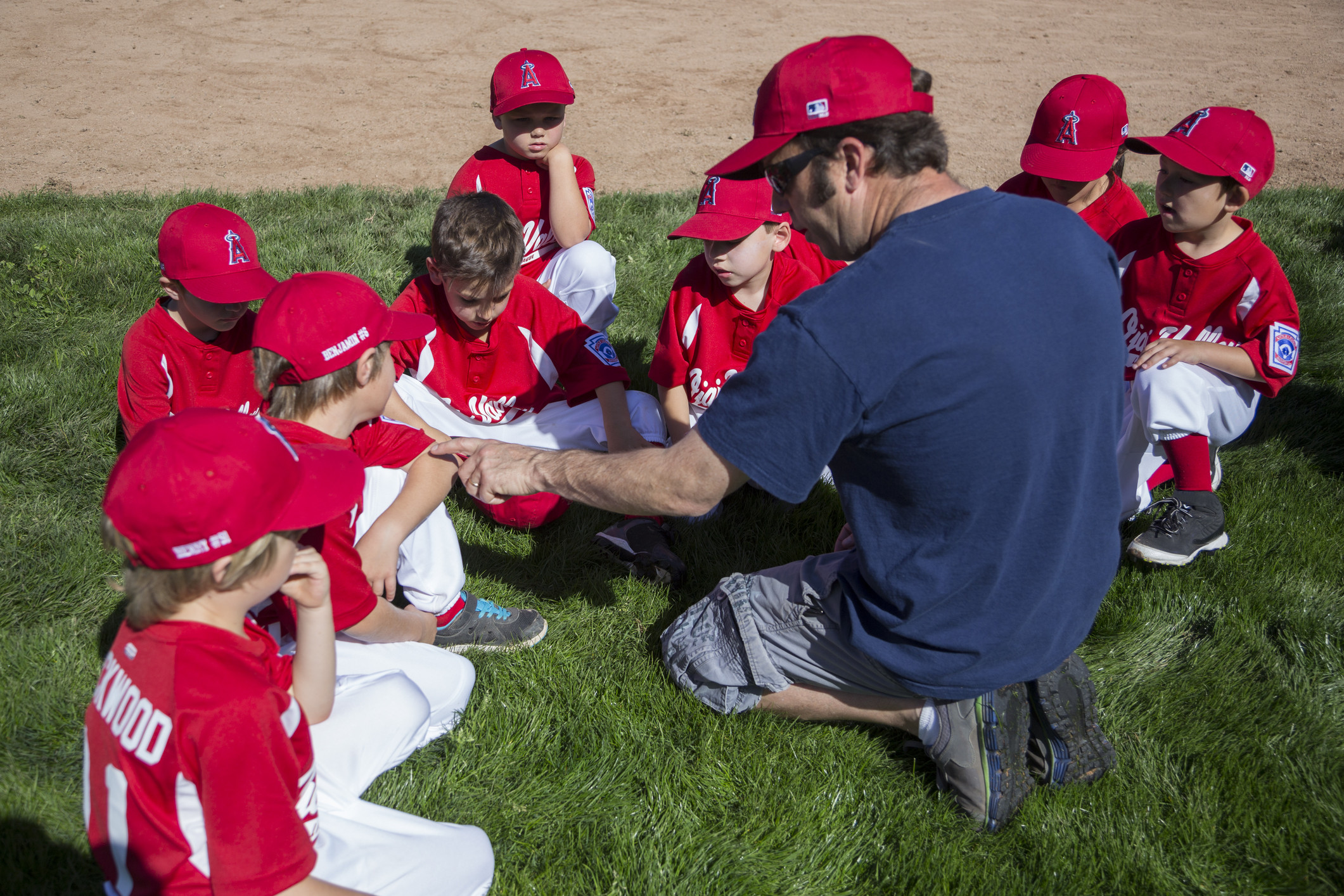
Talk about pressure with your players to help them accept the nevers and explore handling them
C. Emphasize Effort
Make sure the feedback you give includes praise for effort, not just outcome. Reinforce hustle, focus, and regrouping from a mistake. Remember, these are all skills that develop differently in different kids and that take time. Keep it positive and focus on catching them doing it well and supporting them when they are struggling.
D. Talk About It
Often pressure gets a bad rap. In the right amounts and managed with positive a positive focus, pressure adds the excitement to sport. It is the extra edge and the surge of adrenaline that boosts performance. It is only a negative when not well managed. Some athletes thrive on it more than others and some have just had more practice or support in managing it. Talking about the things that make athletes nervous and strategizing ways to refocus or handle the stressful situations will support the development of their problem-solving skill and help increase their ownership and confidence about their sport experience.
D. Enlist Support
Coaching youth sport athletes is a team effort. Work alongside parents to make sure that the level of pressure is age appropriate. Share with the families the skills you are working on in practice and be sure to share positive and honest feedback about an athlete’s progress with parents when the players are around. Enlist parents in your efforts to maintain a just right challenge level by not overemphasizing outcome. Encourage parents to stay in the moment and focus on the current level of play and development, to avoid adding higher levels of pressure to the game.
Pressure is a part of life. Helping young athletes learn to identify and manage pressure will not only support their positive engagement in sport but will also support their achievement efforts throughout life.

